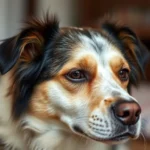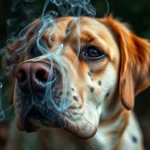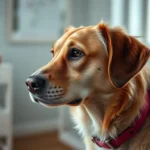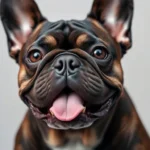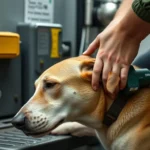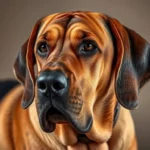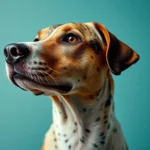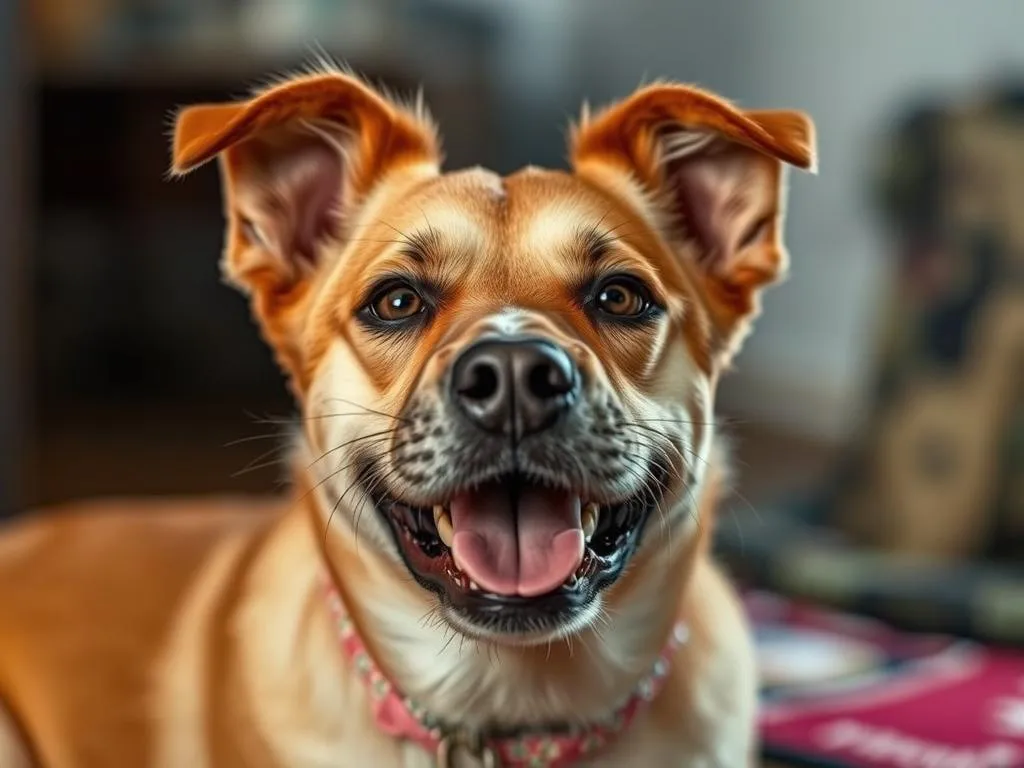
When it comes to our furry friends, their curious nature can sometimes lead them down a path of mischief, especially when it comes to chewing or swallowing non-food items. One common concern among pet owners is the incident of their dog ingesting a scrunchie. Whether it’s a colorful hair accessory left on the floor or a playful tug-of-war with your favorite scrunchie, the worry that follows can be overwhelming. Understanding the risks involved and knowing the appropriate steps to take is crucial for every pet owner.
Understanding the Problem
What is a Scrunchie?
A scrunchie is a fabric-covered elastic band used to tie hair back. They come in various sizes and materials, often made of cotton, polyester, or velvet. Some scrunchies may contain metal parts or embellishments that enhance their appearance. While these accessories are generally harmless to humans, they can pose significant risks to dogs who mistakenly view them as chew toys.
Why Dogs Eat Non-Food Items
Dogs are naturally inquisitive creatures, and there are several reasons why your dog might chew or swallow a scrunchie:
- Curiosity: Dogs explore the world with their mouths. A scrunchie may simply catch their interest.
- Boredom: If a dog lacks stimulation, they may resort to chewing on anything they find.
- Anxiety or Stress: Dogs may chew to soothe themselves during stressful situations, such as fireworks or thunderstorms.
- Teething in Puppies: Puppies, in particular, may chew on items to alleviate discomfort from teething.
Understanding these motivations can help you take preventive measures in the future.
Immediate Steps to Take
Assessing the Situation
If you discover that your dog has ingested a scrunchie, the first step is to assess their condition. Look for signs of distress, such as:
- Coughing or gagging
- Excessive drooling
- Difficulty breathing
- Signs of pain (whining, pacing, or hiding)
If your dog is showing severe symptoms, such as choking or a lack of responsiveness, it’s essential to act quickly.
Contacting a Veterinarian
When you suspect your dog has ingested a scrunchie, it may be necessary to contact your veterinarian. Here’s when to call:
- If your dog is exhibiting emergency symptoms (as mentioned above)
- If they have ingested a large piece of the scrunchie
- If you are unsure whether the scrunchie was fully swallowed
Prepare for your vet visit by providing relevant information, such as the size of the scrunchie and when it was ingested. This information can assist the veterinarian in determining the best course of action.
Potential Risks of Ingesting a Scrunchie
Physical Risks
Ingesting a scrunchie can lead to several physical risks for your dog, including:
- Choking Hazard: A scrunchie can become lodged in your dog’s throat, causing choking.
- Intestinal Blockage: If the scrunchie travels into the digestive tract, it may create an obstruction, preventing food and water from passing through.
- Damage to the Digestive Tract: Sharp edges or metal parts can cause lacerations or perforations in the intestinal wall.
Symptoms to Watch For
Be vigilant for the following symptoms if your dog has eaten a scrunchie:
- Vomiting: Your dog may try to expel the foreign object by vomiting.
- Diarrhea: Changes in stool consistency can indicate digestive issues.
- Abdominal Pain: Look for signs like whining, reluctance to move, or a tense abdomen.
- Lethargy: A sudden drop in energy levels can be a sign of distress or pain.
If you observe any of these symptoms, it’s crucial to seek veterinary attention promptly.
Veterinary Examination and Treatment Options
What to Expect at the Vet
When you take your dog to the veterinarian, they will conduct a thorough examination. This may include:
- Physical Examination: The vet will check for any signs of distress and palpate the abdomen.
- Diagnostic Tests: Depending on the situation, the vet may recommend X-rays or ultrasounds to visualize the scrunchie and assess its location in the digestive tract.
Treatment Options
The treatment approach will depend on the severity of the situation:
- Monitoring and Waiting Approach: If the scrunchie is small and your dog is not exhibiting severe symptoms, the vet may recommend monitoring your dog closely to see if they pass the object naturally.
- Inducing Vomiting: If the ingestion was recent and the vet deems it appropriate, they may induce vomiting to expel the scrunchie before it can cause harm.
- Surgical Intervention: In cases of obstruction or if there are signs of internal damage, surgery may be necessary to remove the scrunchie.
Home Care and Prevention
Post-Vet Care
After your vet visit, it’s essential to follow any instructions provided by the veterinarian. This may include:
- Monitoring your dog for any complications or changes in behavior.
- Keeping a close eye on their eating and drinking habits.
- Administering any prescribed medications.
If you notice any concerning symptoms after the vet visit, don’t hesitate to contact your vet again.
Preventing Future Incidents
Preventing your dog from eating non-food items, like scrunchies, is key to avoiding future incidents. Here are some effective strategies:
- Safe Toy and Accessory Storage: Keep scrunchies and other small items out of reach.
- Providing Appropriate Chew Toys: Offer your dog engaging chew toys that can satisfy their urge to chew.
- Training: Teach your dog commands like “leave it” or “drop it” to discourage them from picking up inappropriate items.
When to Seek Emergency Help
Recognizing Emergency Situations
Certain symptoms demand immediate veterinary attention, including:
- Severe choking or difficulty breathing
- Signs of shock (pale gums, rapid heart rate)
- Uncontrollable vomiting or diarrhea
- Lethargy or unresponsiveness
Time is of the essence in these cases, so don’t hesitate to seek help.
Emergency Vet Options
In case of an emergency, knowing where to find an emergency vet is crucial. Look for:
- Local emergency veterinary clinics
- 24-hour animal hospitals
Staying calm during an emergency can help you think clearly and provide your dog with the best care possible.
Conclusion
Ingesting non-food items like scrunchies is a common concern among dog owners. By understanding the risks, knowing what steps to take immediately, and being vigilant, you can help ensure your dog’s safety. Always consult your vet for personalized advice and treatment options tailored to your dog’s unique situation.
FAQs
Can dogs eat scrunchies safely?
No, scrunchies are not safe for dogs to eat. They can pose choking hazards and cause intestinal blockages.
What are the long-term effects of a dog eating a scrunchie?
Long-term effects depend on whether the scrunchie caused any internal damage or obstruction. Prompt veterinary care can mitigate risks.
How can I train my dog to stop chewing on inappropriate items?
Training techniques include using positive reinforcement, providing appropriate chew toys, and teaching commands like “leave it.”
Are there specific breeds more prone to eating non-food items?
While any dog can chew on non-food items, some breeds, especially those known for their chewing tendencies, may be more prone to this behavior.
What should I do if my dog swallows part of a scrunchie?
Contact your veterinarian immediately. Provide them with as much information as possible about the situation to facilitate appropriate care.
